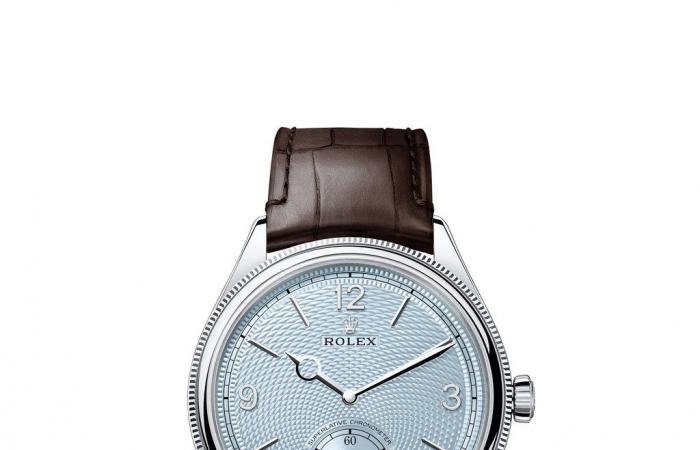A naturally occurring, silver white material, platinum – originally named platina – boasts a long and noble history. Its use is believed to date as far back as 700BC, when the ancient Egyptians used the metal to adorn tombs and hieroglyphics. It wasn’t until the 1700s, however, that the hard-wearing substance became prized, after Spanish conquistadors discovered it being mixed with gold to create ornaments in Colombia and Ecuador.
Despite its solid weight and strength, platinum was initially dismissed as worthless by Ecuadorian gold miners. “Several of the mines have been abandoned on account of the platina, a substance of such resistance that, when struck on an anvil of steel, it is not easy to be separated … the [gold] enclosed within this obdurate body could only be extracted with infinite labour and charge,” wrote Spanish scientist and explorer Antonio de Ulloa, having returned from a trip to Ecuador in 1748. The colourless metal was, at the time, used in place of silver for decorative objects like sword hilts and snuff boxes.
Three years later, Swedish chemist Henrik Teofilus Scheffer was the first person to categorise platinum as a precious metal. He also recognised it as the seventh element known to exist at the time. During the latter part of the 18th century, platinum’s appeal surged, the metal proving increasingly attractive to leading goldsmiths who used it to make fine cutlery, watch chains and coat buttons.
By the 1780s, platinum had infiltrated the royal courts of Europe, with King Louis XVI of France commissioning his personal jeweller, Marc-Etienne Janety, to create platinum pieces for him, declaring it to be the “only metal fit for kings”.
Today, it is a contemporary alternative to gold. A look at new timepiece releases, from Rolex to Jaeger-LeCoultre, shows that the metal’s use in watchmaking remains widespread.
At this year’s Watches and Wonders in GenevaRolex introduced a new variation of its Perpetual 1908 with a platinum case. Historically, Rolex has used the metal sparingly. Beginning in the 2000s and 2010s, the brand began to incorporate it into some of its most emblematic models, including the Day-Date and Daytona.
The new 1908 follows last year’s debut of white gold and yellow gold versions, and pairs a 39mm platinum case with an ice blue dial featuring a guilloche “rice grain” pattern. A matt brown or black alligator strap, with a green lining and a platinum deployant clasp, completes the large and modern dress watch.







